Friend knowledge on variety of issues is key to be successful in GD and lecturettes. So a good knowledge base is important for all of us. Hence this post is here for giving outline for various lecturette topics faced by candidates in various SSB centers. It will help everyone to brush up his knowledge on various issues and also to prepare for SSB interview. Today topic is Indus Water treaty.
- It is also called IWT 1960. It was signed between India and Pakistan for sharing of river water in 1960. Since Pakistan was created as separate state for Muslims, so water resources of India were to be shared .our leaders thought that it will create a goodwill environment among the neighbor countries.
- There are 6 rivers Indus, Jhelum, Chenab, Ravi, Beas, and Satluj. Out of 6 three rivers enter Pakistan after traversing some distance in India. According to treaty Indus, Jhelum, Chennab were given to Pakistan. And Ravi, Beas and Satluj were given to India.
- Pakistan wanted to create network of canals and to have control on rivers although all of these rivers originates in India. To develop this network money was given by World Bank, USA, Canada, and India also supported it. Thus World Bank became guarantor for the treaty.
- Bone of contention: Baglihar power project and tul-bul project
- Baglihar power project:-India is constructing a power project on Chennab in Doda district of Jammu to produce 450 MW of hydroelectricity. Pakistan objected to our construction because of the height, design and gate system of the project Pakistan said it have right over the river according to IWT1960. It approached World Bank. World Bank appointed scientists to study the project and to suggest modification. India was to reduce height by 1.5 m and work was not stopped.
- Tul-bul project:- we do not agree even with its name India call it Tul Bul project and Pakistan call it Wooler Barrage. It is a project on Jhelum River; we wanted to raise the level of water in Jhelum River during lean season by diverting its water into woolar lake in earlier months. The talks are on to resolve issue which is pending since 1987.

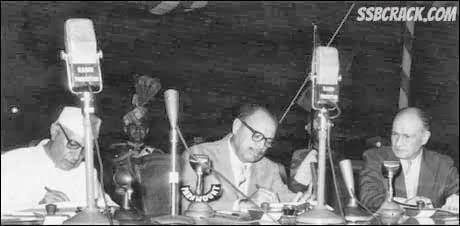

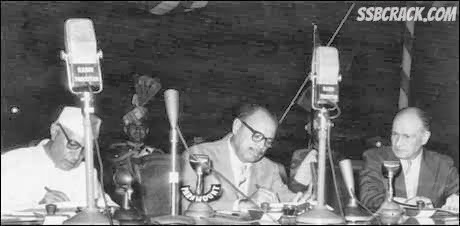
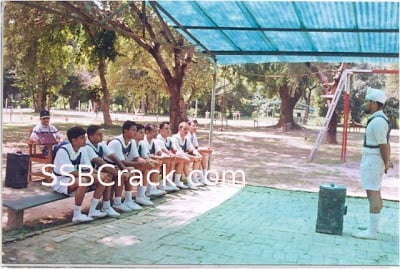
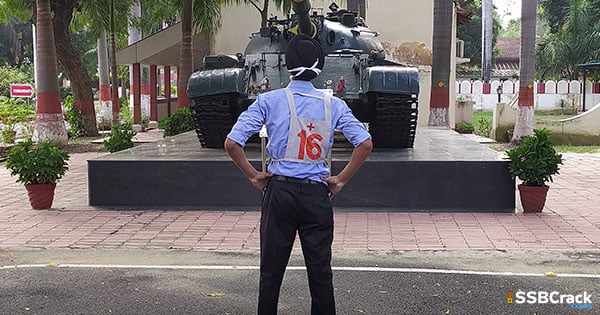


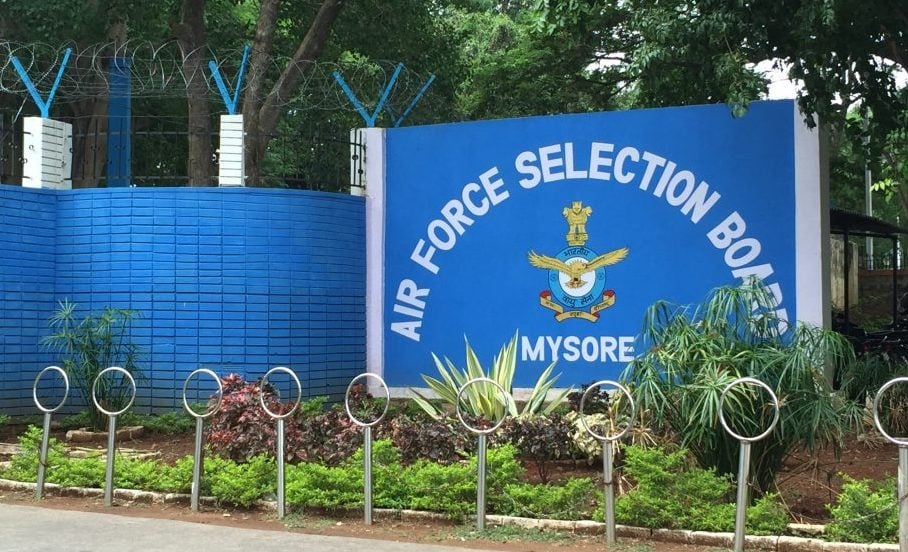
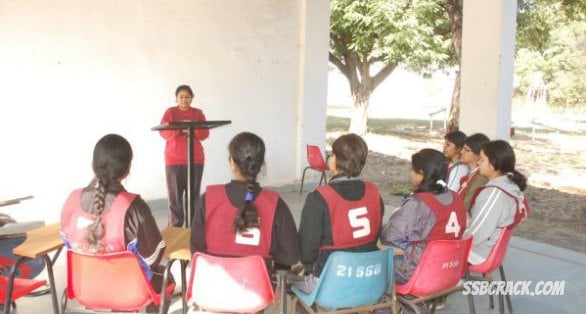

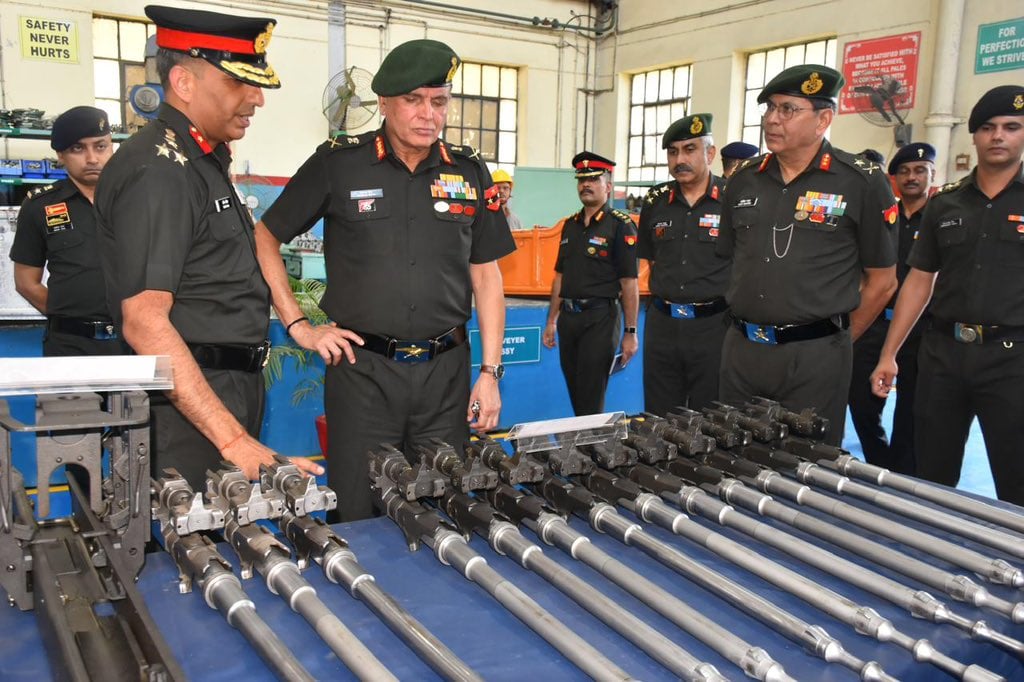
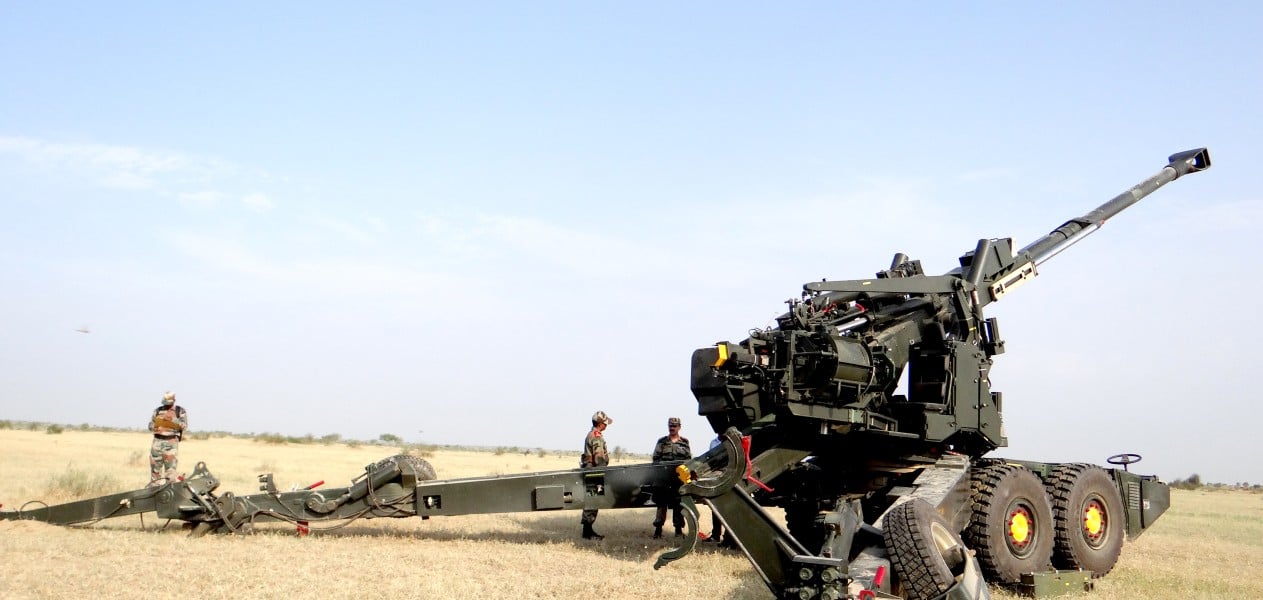

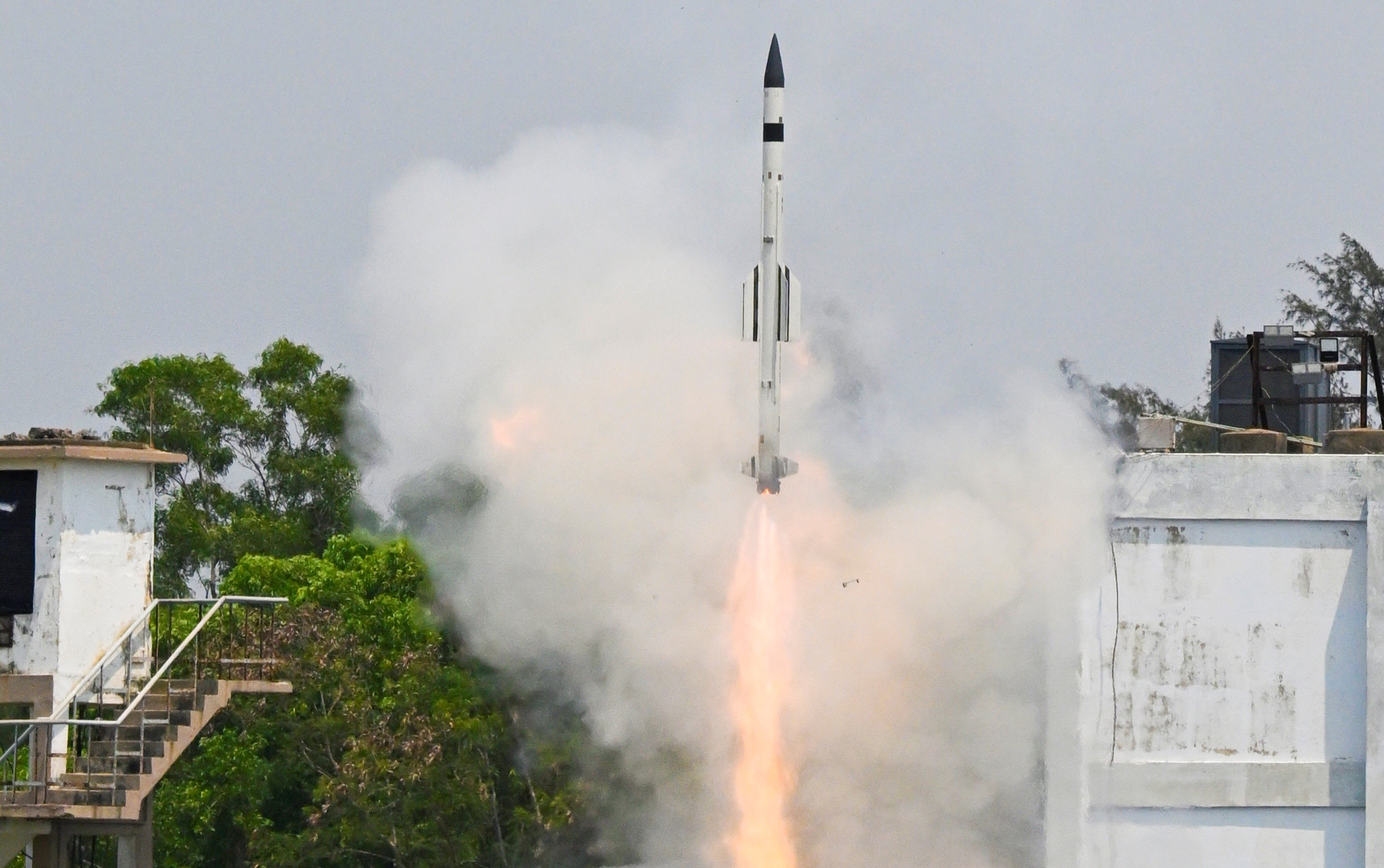
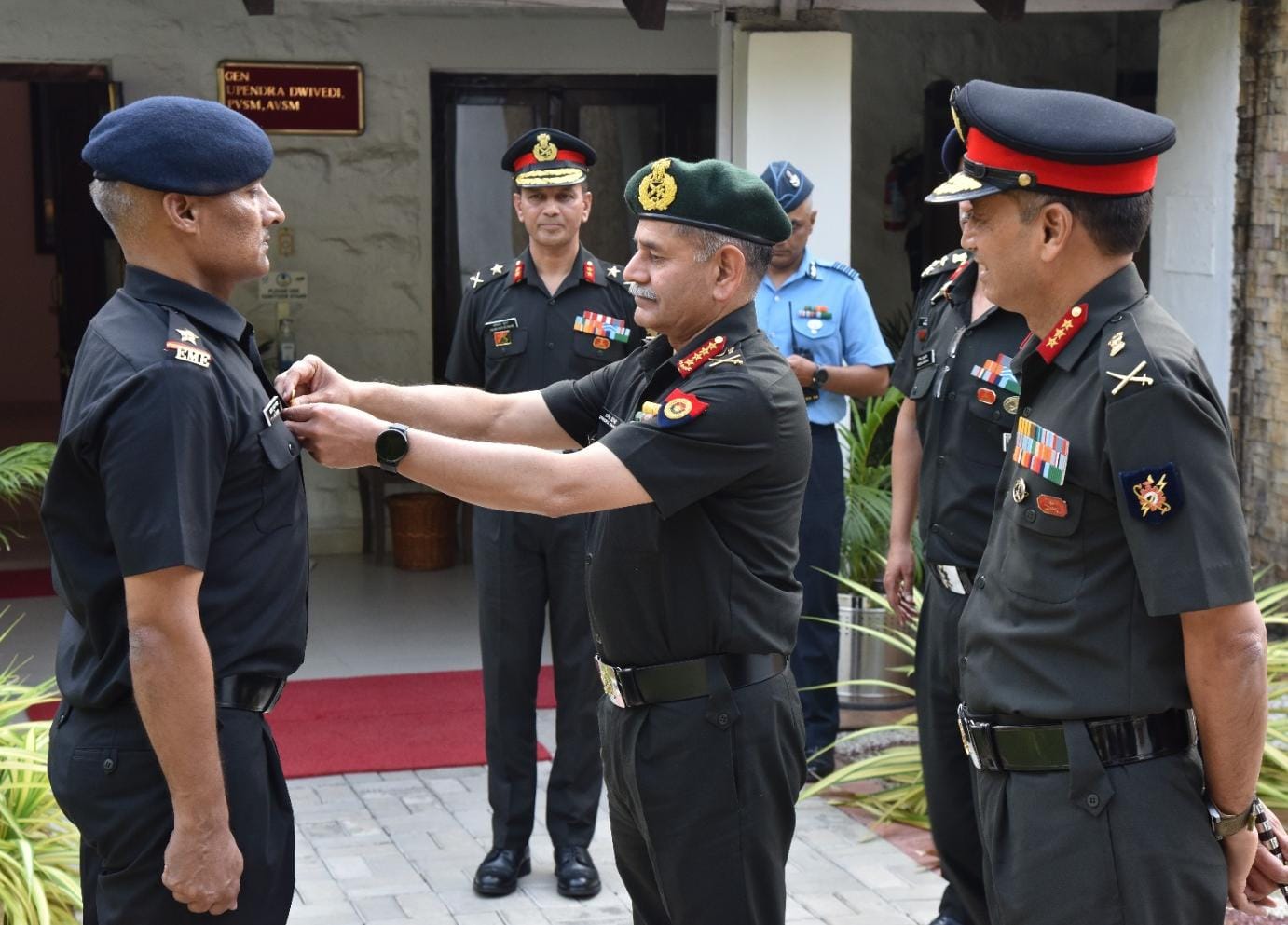
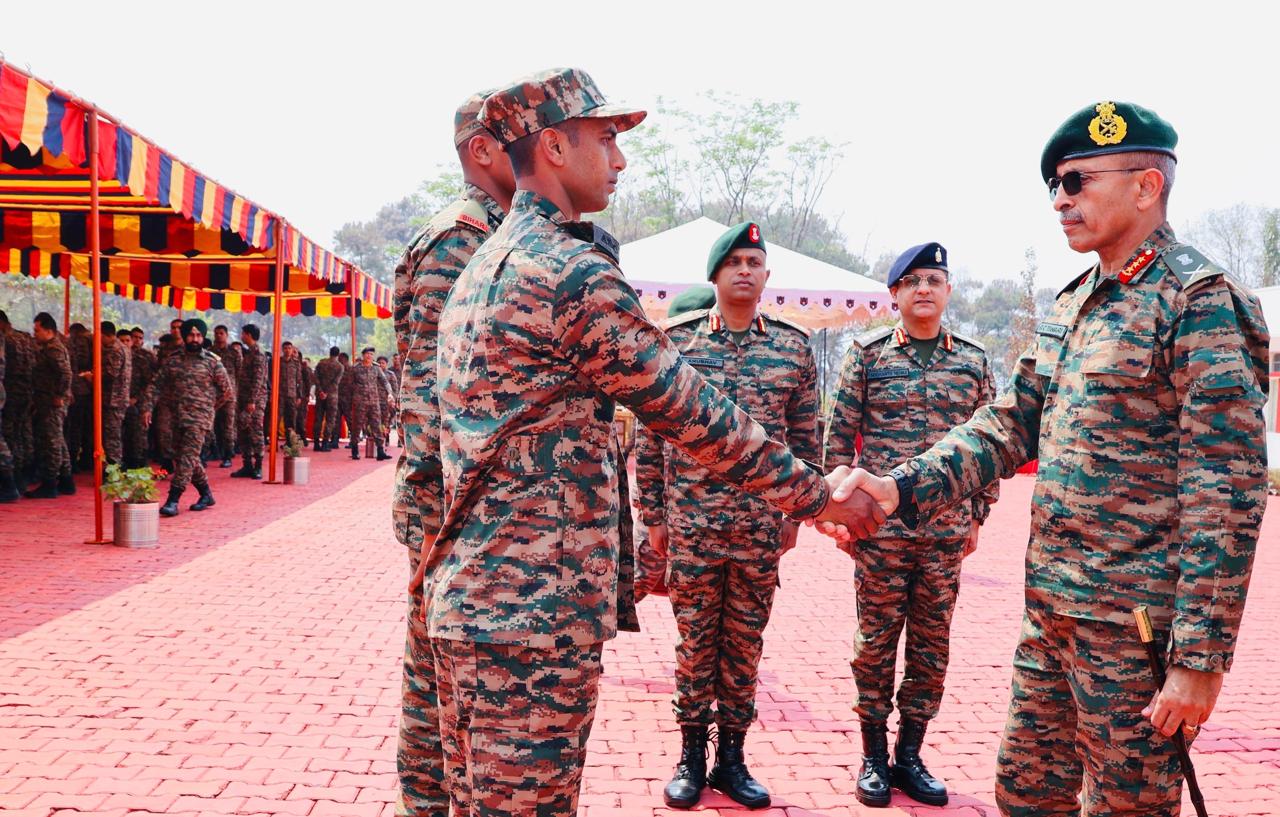
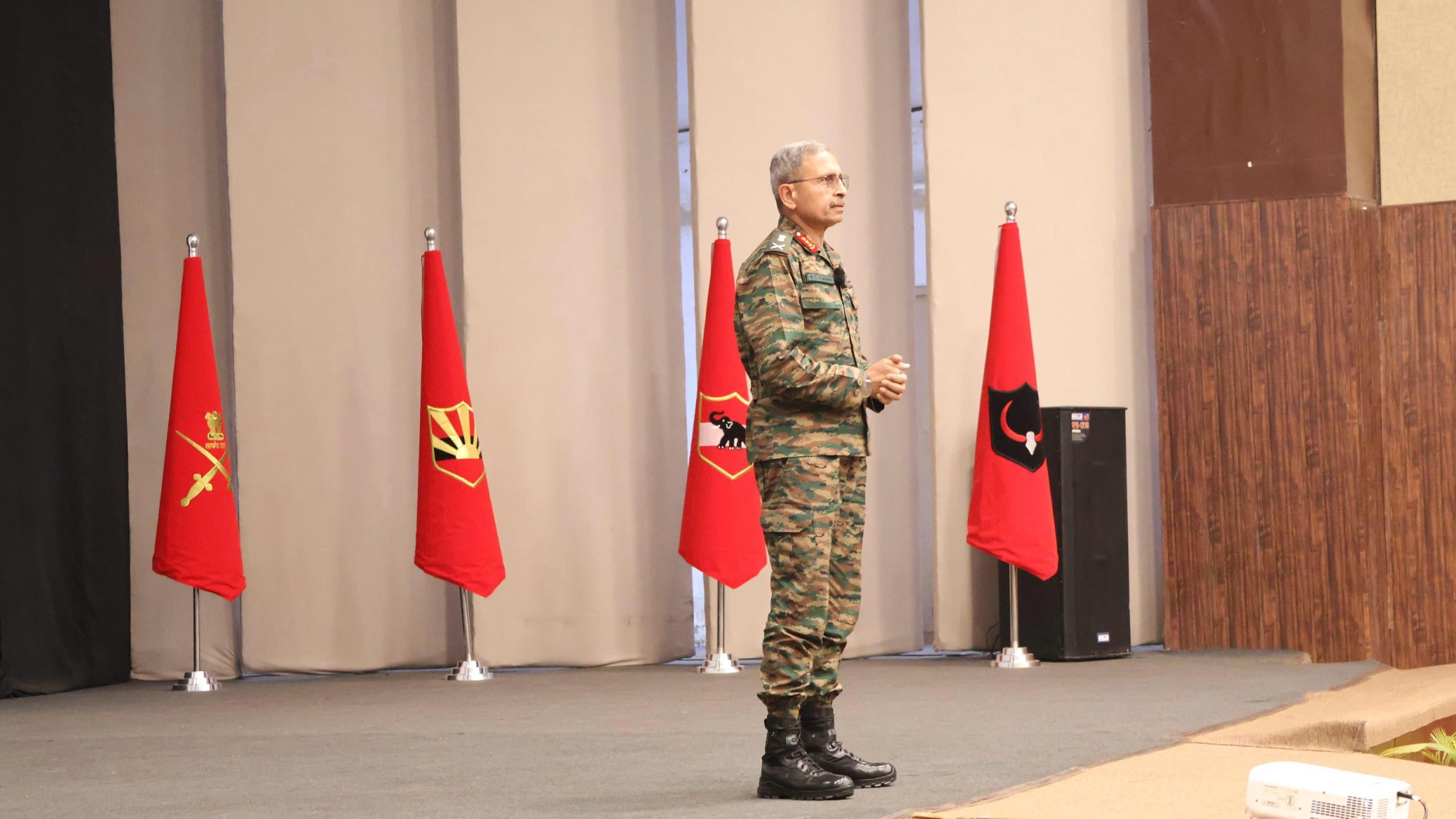
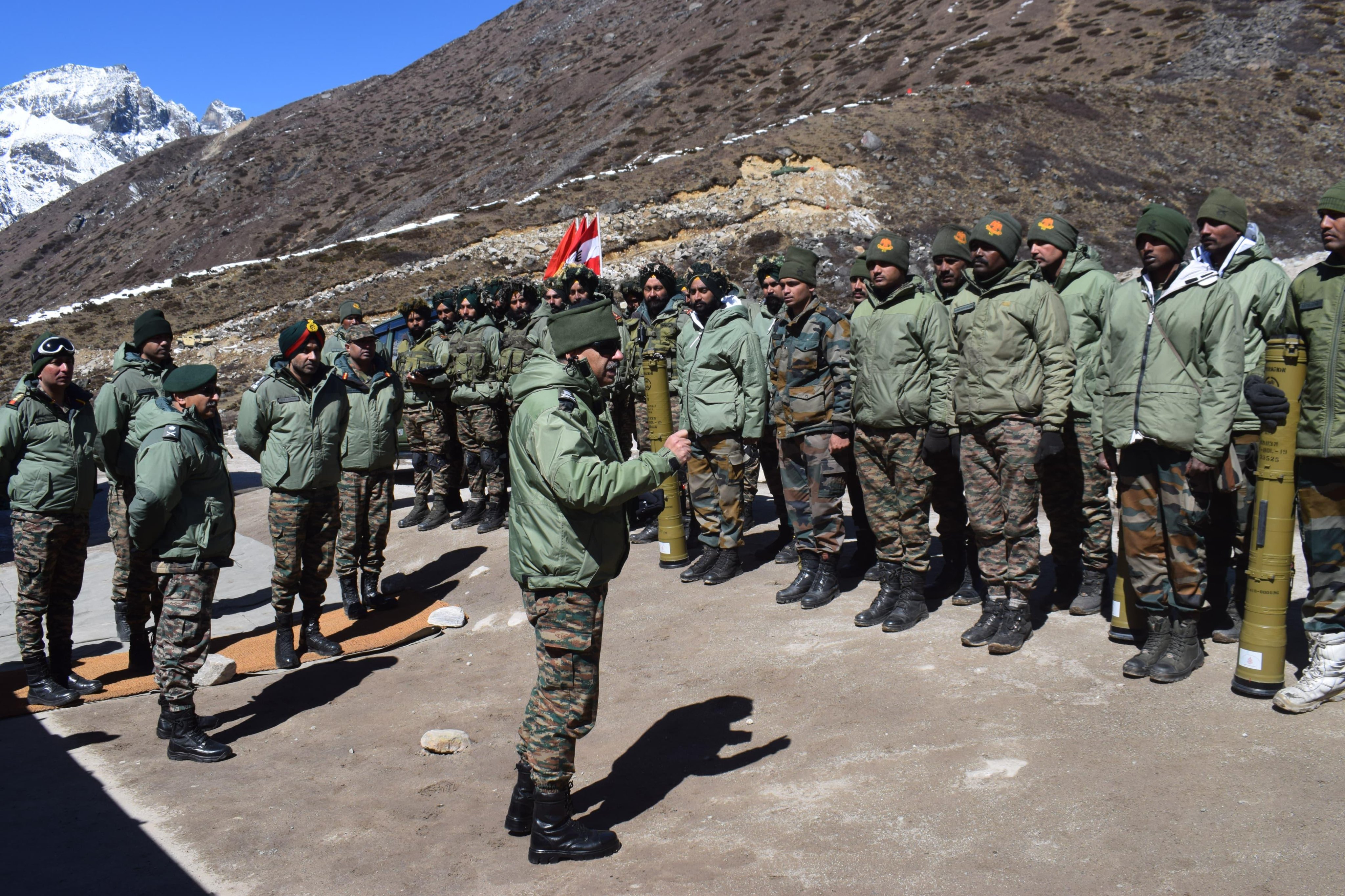

Loved this insightful blog, when content involves numbers it makes more sense and this content is a perfect example of that.